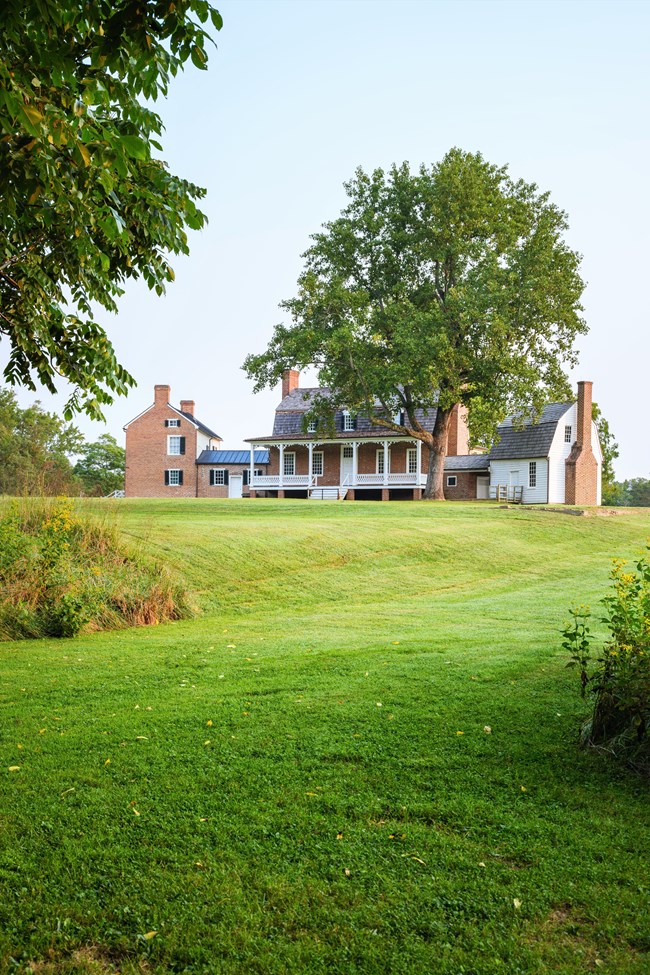
Stephen Girimont / NPS Photo
About the Park
Thomas Stone National Historic Site is the home and resting place of Thomas Stone, a Founding Father from Maryland and the youngest signer of the Declaration of Independence, at age 33. Stone purchased his estate from his uncle in 1770. Affectionately called “Haberdeventure” (likely a loose Latin translation of “to dwell in the wind”) by its residents, the Stone family home lies south of Washington, D.C., on a 130-acre hilly plantation with streams, seeps, and springs.
Most of Thomas Stone parkland around the main house is managed landscapes with mixed forests and fields. Though the park is perhaps prominently known as a cultural heritage site, its wildlife ecosystems enrich the life stories Haberdeventure has to tell. A key goal at Thomas Stone is to document the rare, threatened, endangered, and exotic animal and vegetative species that inhabit and use the park’s natural resources. Knowing the distribution and abundance of wildlife allows for a clearer understanding of ecosystem and habitat health.
Our Work with Thomas Stone
Thomas Stone park is a cultural legacy and natural haven, home to history and wildlife. To ensure its natural resources are protected, the Northeast Coastal and Barrier Network, along with Thomas Stone staff, collects ecological monitoring data on the health of the park’s forests. Learn about our work below.
Monitored here:
Publications
Source: NPS DataStore Saved Search 5651. To search for additional information, visit the NPS DataStore.
Last updated: July 22, 2024
